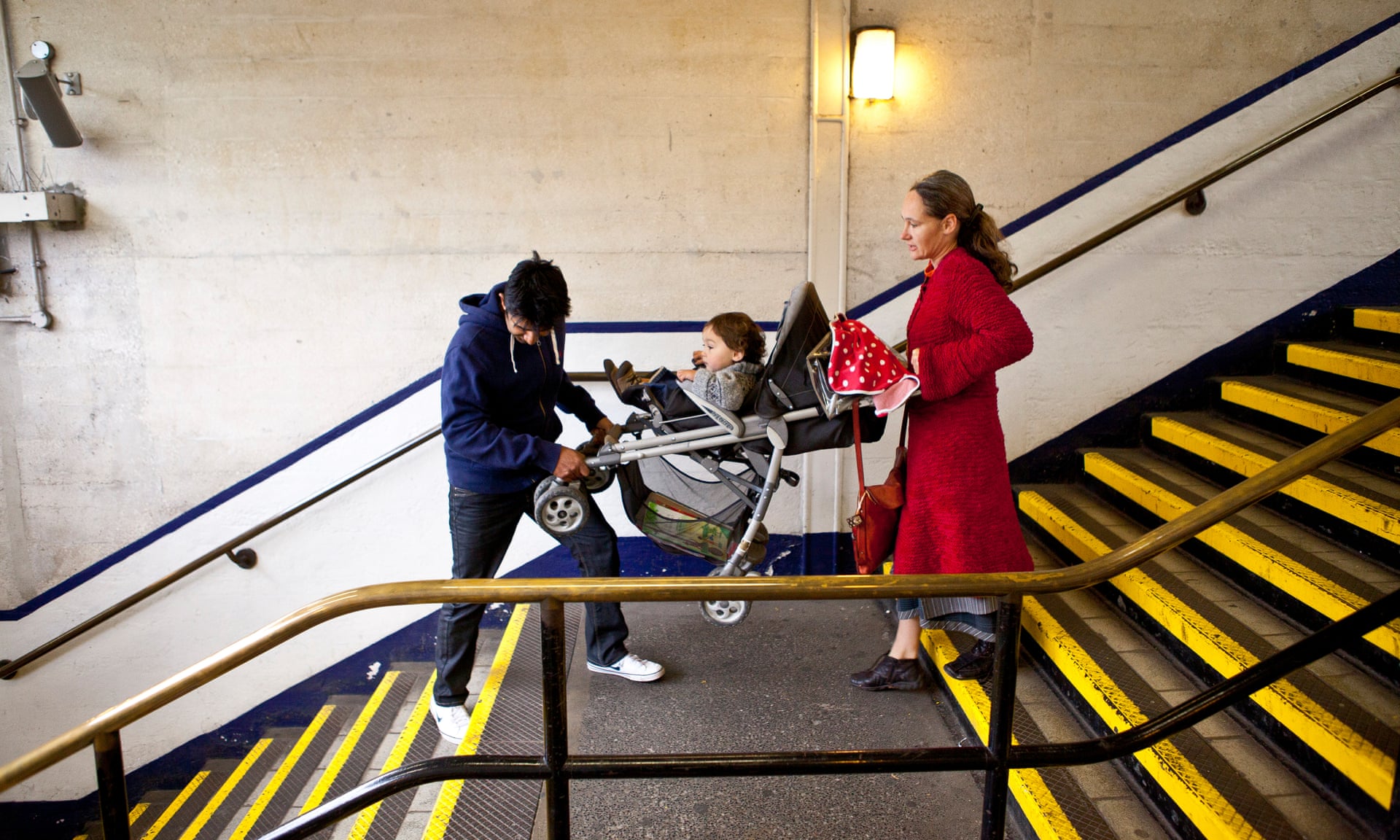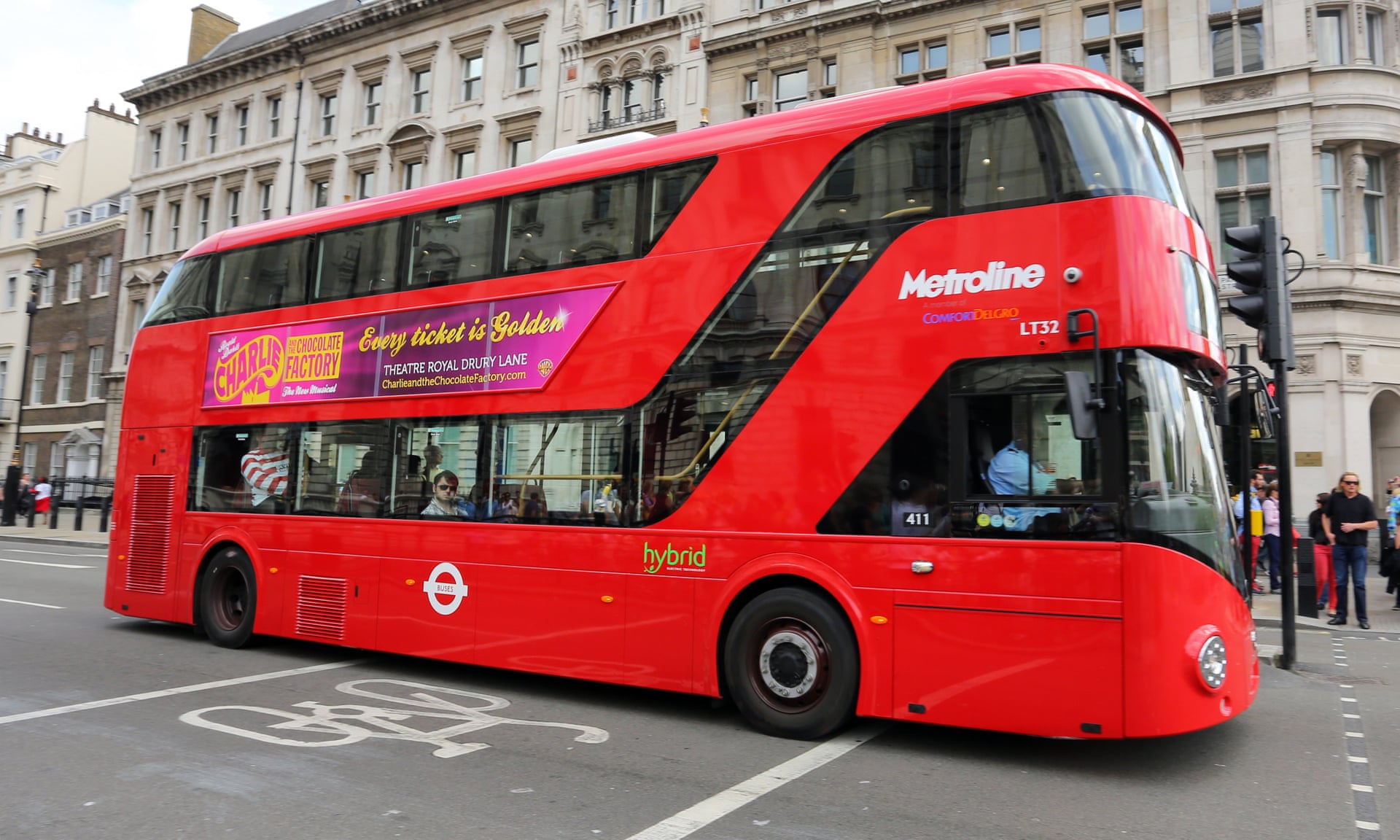Architecture’s lack of diversity shows in environments created by people who never need step-free access or to take a bus.
There’s an architect’s impression of a new development for Greenwich, south-east London, that has caused some outrage on social media. The Elysian rendering of Charlton Riverside features 36 people frolicking in the park, and only one of them is black. Among the white millennials and young children, there is also a single older person, gesticulating in a sprightly manner with a walking cane.
Architects are overwhelmingly male and pale, young and privileged, and there are legitimate concerns about them designing our cities in their image. Fewer than one in every 10 architects is black, Asian or minority-ethnic, and less than a third of UK qualified architects are women. And the numbers are not improving.

Statistics on the creative industries published in July by the Department for Culture, Media and Sport revealed a shocking 10% drop in the number of women in architecture, while the number of black and minority-ethnic architects remains unchanged. The furore over the whitewashed Greenwich graphic comes as the Royal Institute of British Architects faces allegations of racism over its recent presidential elections.
Lately, I’ve found myself imagining what the world might look like if the people who designed it – politicians, planners, developers and architects – were more diverse. I don’t believe that men and women design differently, or that poverty and ethnicity inform architecture, but lived experience is a great teacher. The regeneration projects of the past decade are more about planters and cappuccinos than access to free drinking water, public toilets, cheap groceries and a post office. They appear to solve only the first-world problems of the monocultural illuminati who created them.
From our partners:
What would our cities be like if mothers had more of a role in designing them? There would be ramps everywhere, for a start. Schlepping a pushchair around makes you think differently about stairs. I cried when my nearest station was revamped without the inclusion of a lift. To stand at the bottom of that flight of steps with two kids and a newborn in a pram is to experience the kind of despair usually reserved for rat-infested dungeons. Any station or public building undergoing refurbishment should by law be made step-free.
But I’m unlikely to find many sympathisers among architects. According to a recent survey by the Architectural Review, 75% of women in architecture don’t have children. Most architecture graduates think they’re designing access ramps for the odd wheelchair, not every child under three.

Opt for the bus, and you will soon realise that room for two pushchairs or one wheelchair is not room enough. There’s just not enough space for shopping trolleys, walking frames, luggage or 28 exuberant seven-year-olds with rucksacks on a school trip. And the New Routemaster buses may have fancy rear doors, golden handrails and two staircases, but passengers also require air. Even if the London mayor, Sadiq Khan, ordered openable windows to be installed in these double-decker sweat lodges, gone is the former pleasure of the big-windowed and windy upper deck. You couldn’t stuff a chihuahua’s head out those slits. And even with all of them open, there’s no breeze. It’s clear that the procurers of these red elephants have never taken the bus.
And if pensioners designed our urban environments? We might have somewhere to sit. Most London bus shelters have those angled, non-stick benches that are to buttocks as icy hills are to sledges. They’re basically a trompe l’oeil. As for mainline train stations, if you’re delayed in Euston or King’s Cross, you’re expected to float around the arrivals hall without a seat, like the ghost of a nationalised past, unless you go outside to the abundance of benches in attractive wastelands of public space.
Equally challenging is the UK’s lack of public toilets, which requires you to have a pelvic floor of steel. The bladderful must either cross their legs or participate in the false economy of buying a drink for the sole purpose of eliminating it. On that note, how is it that many Pret a Mangers and EATs don’t have loos? It’s scandalous that you can drink coffee with reckless abandon, then find there are no facilities. The rules should be that if you can eat in, you can wee in, too.
If teenagers designed cities, charging your phone would be a human right. Adverts featuring beautiful, thin people would be banned. There would be chip shops on every corner. Parkour – the discipline that involves navigating urban spaces by climbing, jumping, balancing and running through them as if on an obstacle course – would be a national sport. There would be slow lanes on cycle paths for cruising your BMX, and for skateboarders, scooters and children learning to ride. There would be designated loitering spaces, repurposed from those weird fenced-in patches of grass on council estates. Anyone posting a “no ball games” sign would be fined for antisocial behaviour. Adventure playgrounds would stay open late. Every major development would have to have a normal shop that sells things at normal prices – not £7 sandwiches and not £3.50 flat whites. There would be police walking the streets when you actually need them, and they would help you, rather than private security guards shooing you off.
Of course, there are spaces that work beautifully, and offer the ease and unexpected joy of a well-designed place. My favourite in London is the uninterrupted ramp that floats you over the Thames from St Paul’s Cathedral to the Tate Modern via the Millenium Bridge without a step. There’s even play equipment and several places to sit. I have yet to find a human who didn’t enjoy it. It only goes to show, it can be done.
This article is written by Christine Murray, founder of the Women in Architecture awards. Originally appeared in The Guardian.















